What is Stevia?
Stevia is a plant!
The leaves of this plant are very sweet, yet they do not contain sugar or carbohydrate. They are non-caloric, just as many other leaves of plants. Stevia has been consumed by natives in South and Central America for thousands of years – it even features in the ancient Mayan text, the Popol Vuh (i). Stevia has been used commercially in food products in numerous countries such as Japan since the 1970s and the US and Europe since the 2000s. In addition to eating it directly, it is used to make sweet tea and as a medicinal plant for those with high blood pressure, pre-diabetes and diabetes as it appears to regulate blood pressure and blood glucose. Given its original use in Paraguay and Brazil to treat diabetes, there has been a large amount of research (>600 studies) conducted on it for food and medical applications (ii, iii, iv, v). In addition to the thousands of years of consumption by indigenous peoples, the research evidence on this plant has only further confirmed its positive effects (vi).
Stevia can help
Improve Metabolism
Stevia can help to improve METABOLISM and REDUCE BLOOD GLUCOSE Spikes: Fundamental Mechanistic Evidence
After oral intake, steviol glycosides are broken down by gut microbiota. Free steviol is absorbed and transformed into steviol glucuronide, which migrates to peripheral blood and is ultimately excreted by the kidneys (vii, viii). In non-obese, Type 2 diabetes, stevioside (the main steviol glycoside) significantly reduces blood glucose spikes by 30% (incremental area under the curve), by improving insulin secretion and sensitivity, and suppressing glucagon (v). Interestingly, stevia seems to behave in an adaptogenic medicinal way, as stevioside does not cause a blood glucose lowering response in non-diabetic (metabolically ‘normal’) controls (v, ix). Stevia appears to act directly upon both taste receptor cells and pancreatic β cells to appropriately enhance glucose-induced insulin secretion, preventing diabetic hyperglycaemia (x).
Stevia can also help
Improve Muscle Cell Insulin Sensitivity
Stevia appears to IMPROVE MUSCLE CELL INSULIN SENSITIVITY and ENHANCE muscle GLYCOGEN REPLENISHMENT
Muscle cell insulin resistance and impaired muscle glycogen synthesis may be the earliest biomarkers of metabolic syndrome, hyperglycaemia and Type 2 diabetes down the line (xi, xii). Research indicates that stevioside enhances glucose transport in insulin resistant skeletal muscle cells (in both lean and obese animal models), directly countering this early dysfunction in the pathogenesis of insulin resistance (xiii). While muscle glycogen replenishment function is often impaired in Type 2 diabetes, research demonstrates that physiological levels of stevioside can increase glycogen replenishment by 35% compared to controls, which is quite remarkable and relevant for muscle and athletic performance, in addition to enhancing and maintaining metabolic health (xiv).
Stevia can also help
Protect against Cardiovascular Disease
Stevia may be used to PROTECT AGAINST ATHEROSCLEROSIS (Cardiovascular Disease) and has IMMUNOREGULATORY EFFECTS
Multiple studies have demonstrated stevia’s powerful antioxidant impacts, including boosting levels of our own body’s major antioxidants such as superoxide dismutase (SOD). Research has demonstrated that stevioside treatment significantly improved insulin signaling in adipose tissue, reduced oxidised low-density lipoprotein (oxLDL), reduced macrophages and lipids in atherosclerotic plaque and increased smooth muscle cells that promote more stable plaque in the aorta. Stevioside also had a direct anti-inflammatory effect, by lowering expression of genes that increase inflammation and that recruit monocytes to the blood vessel wall. Stevioside also doubled levels of adiponectin, a key anti-inflammatory, anti-atherogenic, insulin-sensitising and weight-loss related hormone that is often abnormally low in cases of metabolic dysfunction and obesity (xv). In high doses (750-1,500mg/day – more than the c. 250-300mg/day typically consumed in stevia-sweetened products), stevia has been shown to have significant therapeutic effects, including reducing blood pressure, improving Type 2 diabetes, immune system function and having anti-carcinogenic (anti-cancer) effects (xvi). Given stevia’s significant free-radical scavenging and anti-inflammatory effects, including in specifically reducing the inflammatory cytokines Il-1β, Il-6, TNF-α, researchers are suggesting that 5g of dried stevia leaf could help to fight sepsis in COVID-19 patients, a potentially very high reward for no risk (xvii).
True Stevia Tastes Delicious
Our Organic Stevia Tastes Better!
You may have tried products with stevia and found they had a funny aftertaste.
This is absolutely key to understand. Would there be such extensive history of human consumption if it did not taste good? The problem is that food ingredients companies often use harsh chemicals to extract the sweet molecules (called steviol glycosides) from stevia, altering stevia’s natural biochemical structure and taste (for the worse). This creates bitter and unpleasant aftertastes. It turns out that how you process a food makes a big difference to how it tastes! We know this in the kitchen, yet we take this for granted when buying what we think are ‘standardised’ ingredients in the supermarket. There are some commodities that taste pretty similar wherever they come from, no matter how they are produced, including sugar itself. Whether from sugar beets or sugar-cane, sugar tastes the same. However, most foods taste very different, depending on how they are grown and created and this is totally the case for stevia. Some stevia producers do not even grow the plants, instead creating specific glycosides in a lab.
View MoreReferences
(i) Tedlock, D. (Revised ed. 1996) ‘Popol Vuh: The Definitive Edition of the Mayan Book of the Dawn of Life and the Glories of Gods and Kings’, Touchstone
(ii) Wölwer-Rieck, U. (2012) ‘The Leaves of Stevia rebaudiana (Bertoni), Their Constituents and the Analyses Thereof: A Review’, Journal of Agricultural and Food Chemistry, 60(4)
(iii) Ceunen, S. and Geuns, J.M.C. (2013) ‘Steviol Glycosides: Chemical Diversity, Metabolism, and Function’, Journal of Natural Products, 76(6)
(iv) Kinghorn, D. (2002) ‘Stevia: The Genus Stevia (Medicinal and Aromatic Herbs)’, CRC Press
View More